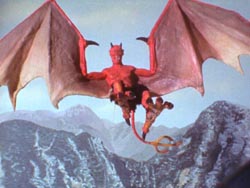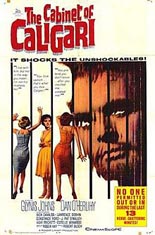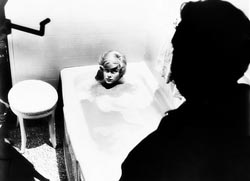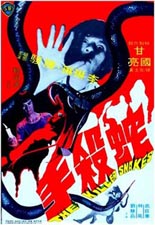
 In the despicable, dirty and even depressing The Killer Snakes (that’s all the recommendation you need, right?), the saddest sad-sack character I may have ever seen in movie history works one dead-end job after another and sleeps in a shack with pornographic pictures taped to the ceiling over his bed.
In the despicable, dirty and even depressing The Killer Snakes (that’s all the recommendation you need, right?), the saddest sad-sack character I may have ever seen in movie history works one dead-end job after another and sleeps in a shack with pornographic pictures taped to the ceiling over his bed.
He gets bullied a lot by just about everyone with whom he comes into contact — skinny, street-corner whores included. The guy is in such dire need of a haircut and a flea dip that I could barely stand to watch him. I’m still unsure as to whether his character is supposed to have a mild mental handicap or if the movie is just that poorly dubbed.
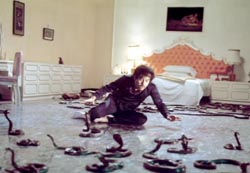 After a hard day of being fired from the place where they serve the innards of snakes’ gall bladders and being caught masturbating by the woman he loves from afar, this miserable little man befriends an injured cobra in his shack. The cobra is sad because his gall bladder has been taken from him without his consent. So our
After a hard day of being fired from the place where they serve the innards of snakes’ gall bladders and being caught masturbating by the woman he loves from afar, this miserable little man befriends an injured cobra in his shack. The cobra is sad because his gall bladder has been taken from him without his consent. So our hero zero sews him up and nurses him back to health, affording the same treatment to all the serpent’s equally scaly pals, also robbed of this organ.
Somewhere along the way, he trains the snakes to attack and kill, although we never see this most difficult of training processes. It’s time for revenge. First he goes to the whorehouse where earlier he was the recipient of much kicking and abuse. He does his business with the hooker most resembling circus clown Emmett Kelly (in a scene so entirely disgusting you’ll want to shower) and then lets the cobras go full-fang at her bodyguards, while she faints. He takes the unconscious whore home, ties her up and then lets the slithering creatures have sloppy seconds.
Starring Kurt Lang (Purple Storm), Maggie Lee (Kung Fu: The Punch of Death) and “1001 killer snakes” (per its poster), the Shaw Brothers production is one of the more perverted and sick-minded exploitation offerings I’ve seen. Its X rating is well-deserved. —Rod Lott

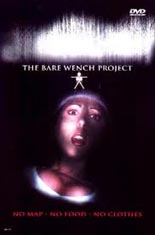
 In
In 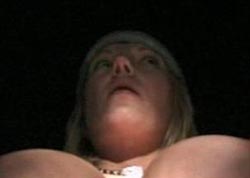
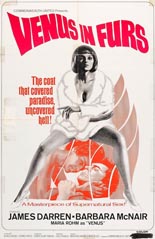
 To mention the word “masterpiece” in the same breath as “Jess Franco” is like pairing “Chef Boyardee” and “gourmet.” Yet 1969’s
To mention the word “masterpiece” in the same breath as “Jess Franco” is like pairing “Chef Boyardee” and “gourmet.” Yet 1969’s 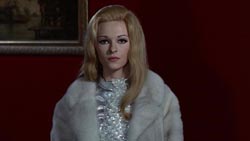
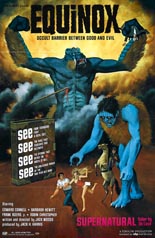
 If not for representing the public’s first look at the work of Ray Harryhausen kids Dennis Muren and David Allen, it’s likely
If not for representing the public’s first look at the work of Ray Harryhausen kids Dennis Muren and David Allen, it’s likely 